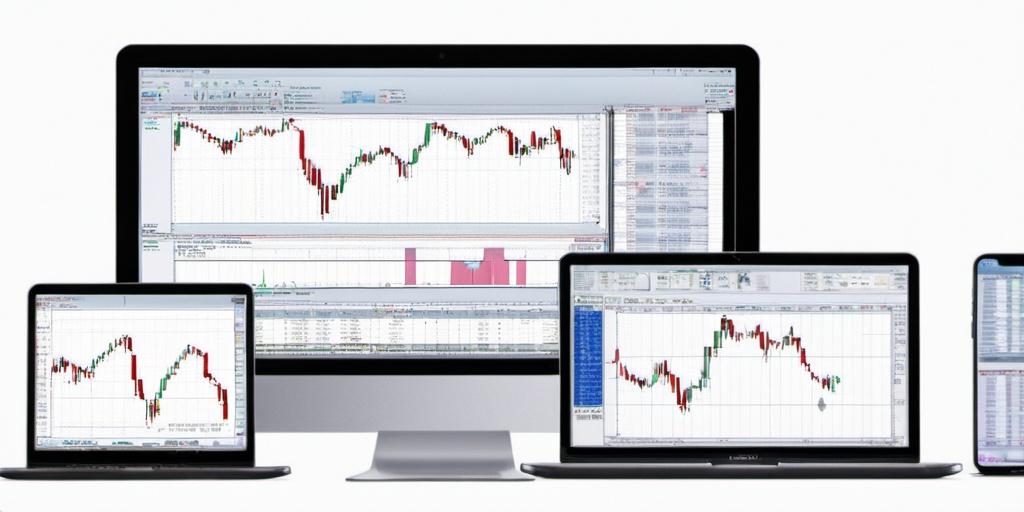Learn more about How to Create Your Own Software

Understanding Trading Software
So, you’re thinking about creating your own trading software. That’s a bold move, kind of like deciding to make your own sandwich rather than just grabbing one from the shop. Worth it? Absolutely. Cheaper? Maybe. Tastier? Depends on your culinary skills—or in this case, your programming prowess.
Trading software, at its core, is a tool that automates the trading process, analyzing financial markets and executing trades without you needing to stare at charts all day. It’s a digital assistant that doesn’t ask for a coffee break or a raise. Pretty neat, huh?
Getting Started with Development
First things first: you need a plan. Balancing your budget, resources, and expectations can be as tricky as balancing on a tightrope—except this time, you’re juggling too. It’s essential to have a clear understanding of what you want your software to do. Do you need basic trade execution, market analysis, or maybe some fancy algorithms to predict market trends like a modern-day Nostradamus?
Programming Languages
Once you’ve figured out your goals, you need to pick a programming language. Think of this like choosing the right ingredients for your sandwich. Are you going for the tried and true, or something a little less conventional? Common choices include Python, C++, and Java. Python is the easy-going one, great for beginners. C++ has a bit of a learning curve, but it’s fast, really fast. And Java? Well, it sits somewhere in between.
Infrastructure and Tools
After settling on a language, let’s talk infrastructure and tools. This is your bread and butter. You’ll need access to financial data, which can be obtained through APIs offered by brokerage firms. Keep in mind, though, some might cost you a pretty penny. You’ll also need an Integrated Development Environment (IDE) to write your code—think of it as your workshop, complete with hammers, nails, and maybe a band-aid or two for when things get tricky.
Testing and Deployment
Oh, testing…the moment where you find out if your creation can stand on its own two feet—or crash spectacularly. You’ll want to test your software with historical market data first. You don’t want to throw it directly into the wild just yet, like a baby bird. Once you’re confident, you can start paper trading, mimicking real trades without actual risk. After all, it’s better to lose phantom money than real cash.
Once you’ve ironed out the kinks, you can deploy the software to live markets. This is where things get real. Remember, even after deployment, constant monitoring and updates are necessary to adapt to market changes. Like keeping an eye on a soufflé in the oven—anything can happen if you’re not careful.
Use Cases and Real-World Examples
There are many successful self-made trading software stories out there. Take, for example, the story of a young programmer who designed a simple algorithm that analyzed market sentiment through social media feeds. It started as a pet project but eventually blossomed into a reliable trading software that helped him ride the wave of market trends like a pro surfer.
Creating your own trading software isn’t just about the potential for financial gain—it’s also about the thrill of the challenge, the satisfaction of innovation, and maybe, just maybe, proving to your old college professor that you really did learn something about coding after all.
In summary, building trading software is like cooking up your own recipe for success. From selecting the right ingredients (programming languages), stirring the pot (testing), to finally serving it up hot (deployment), each step is crucial to satisfy that hunger for efficiency in the trading world. So, roll up those sleeves and get to it. It’s time to make your mark in the trading software kitchen.